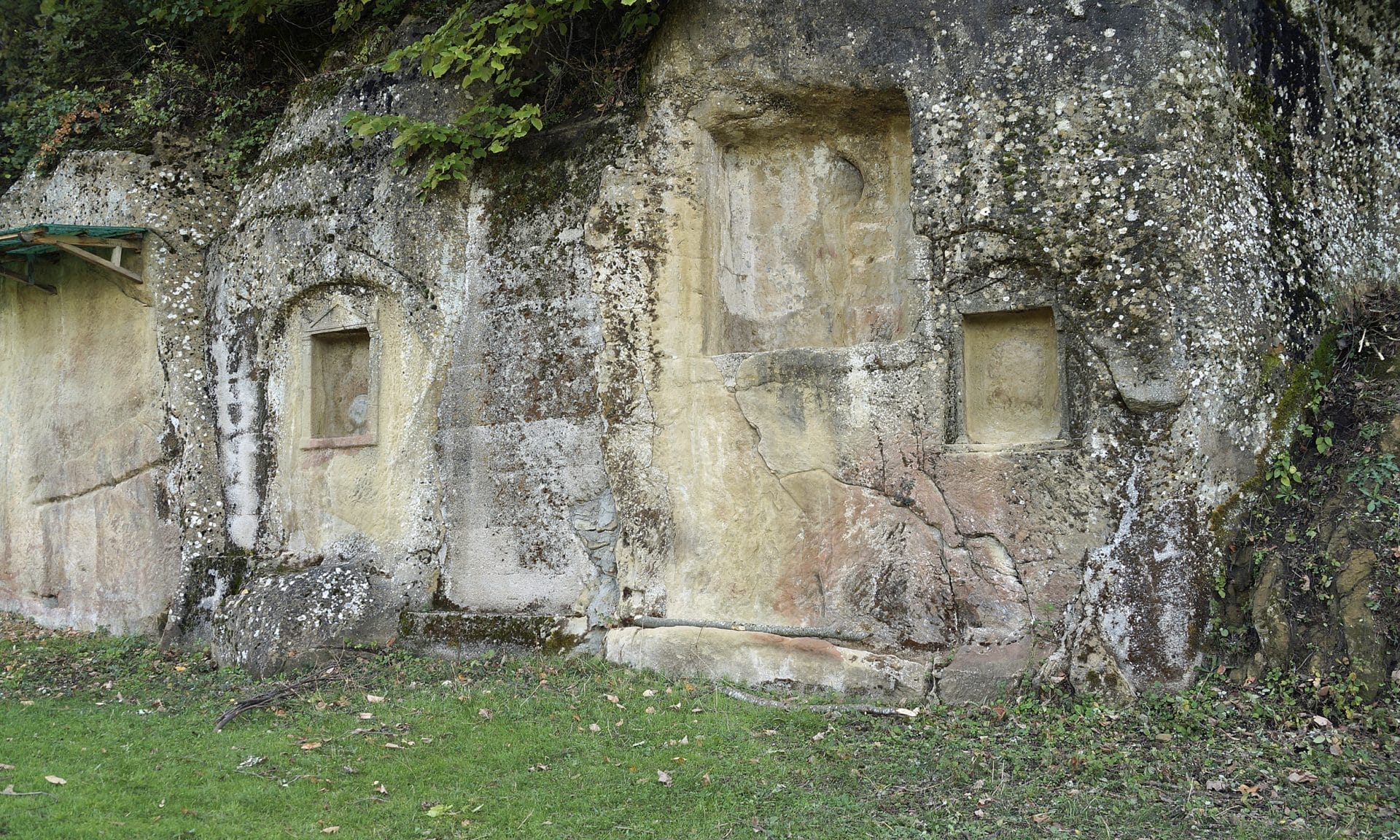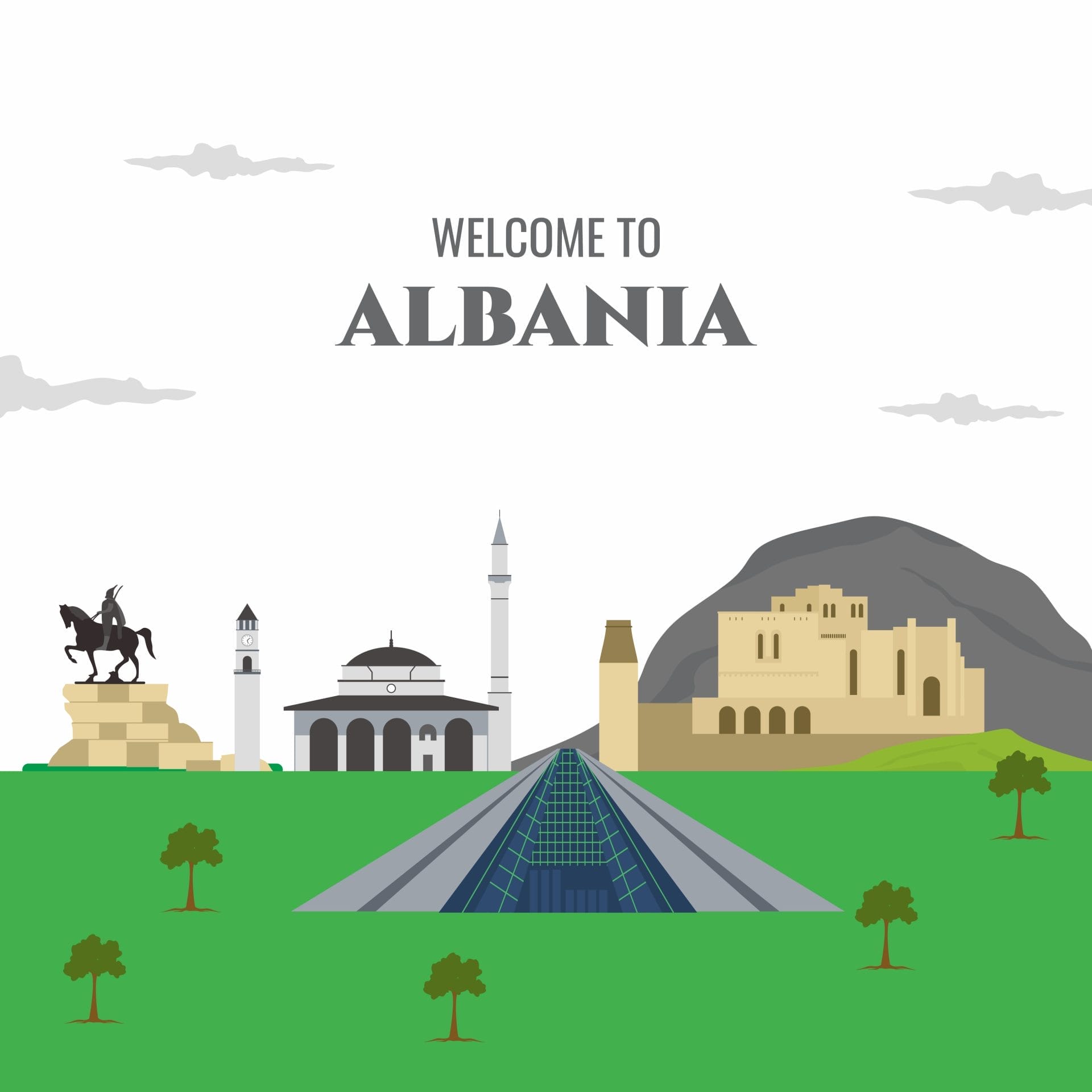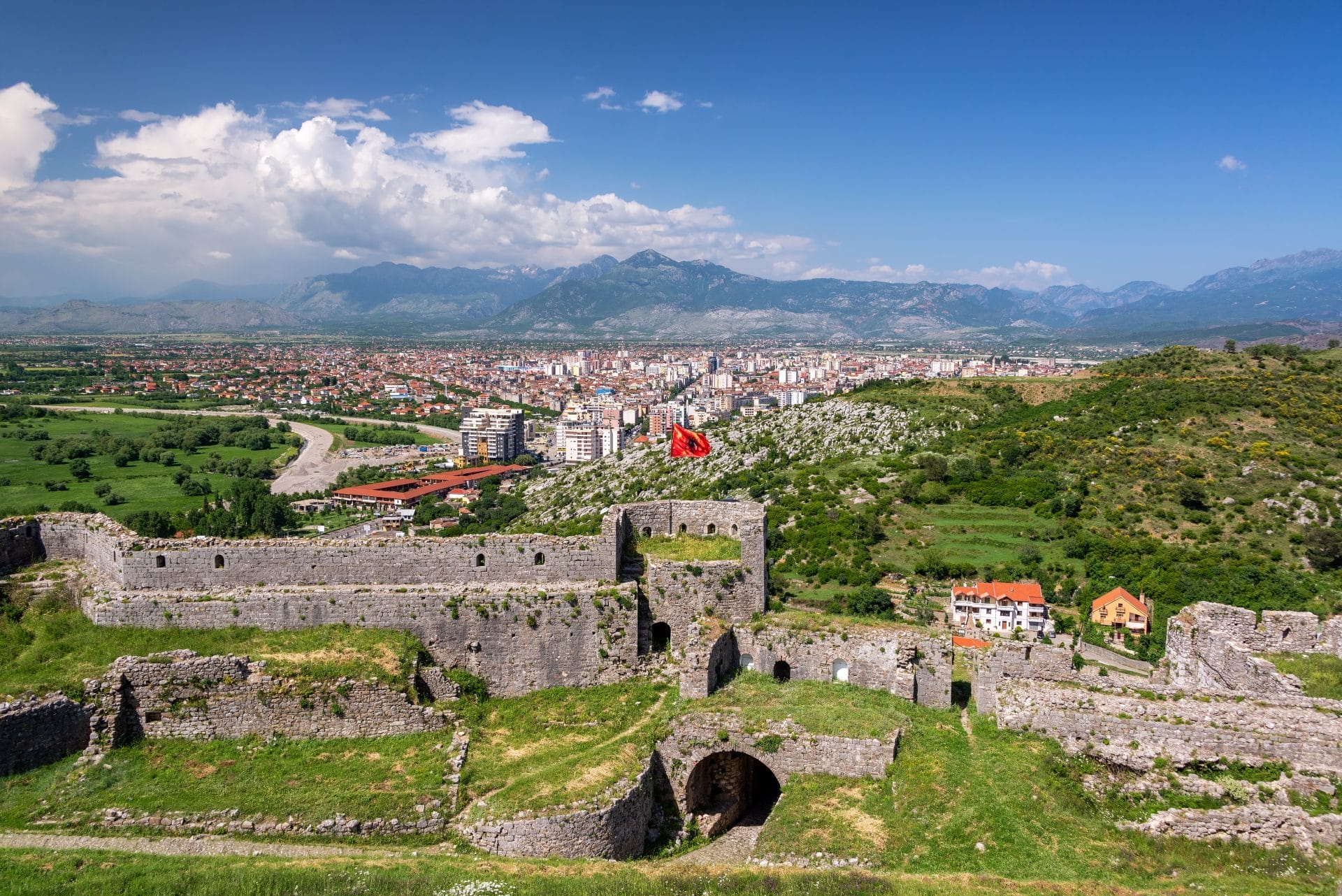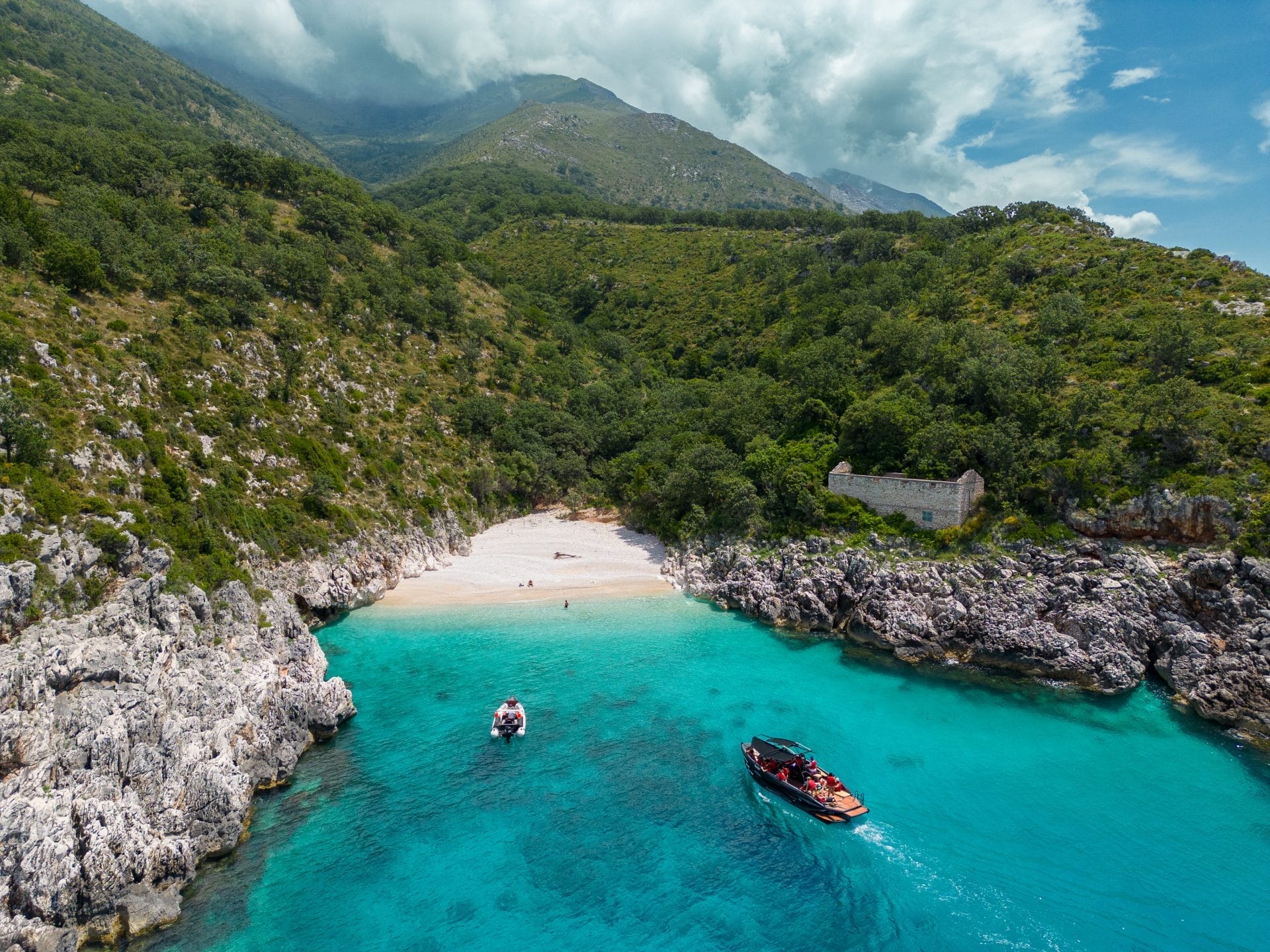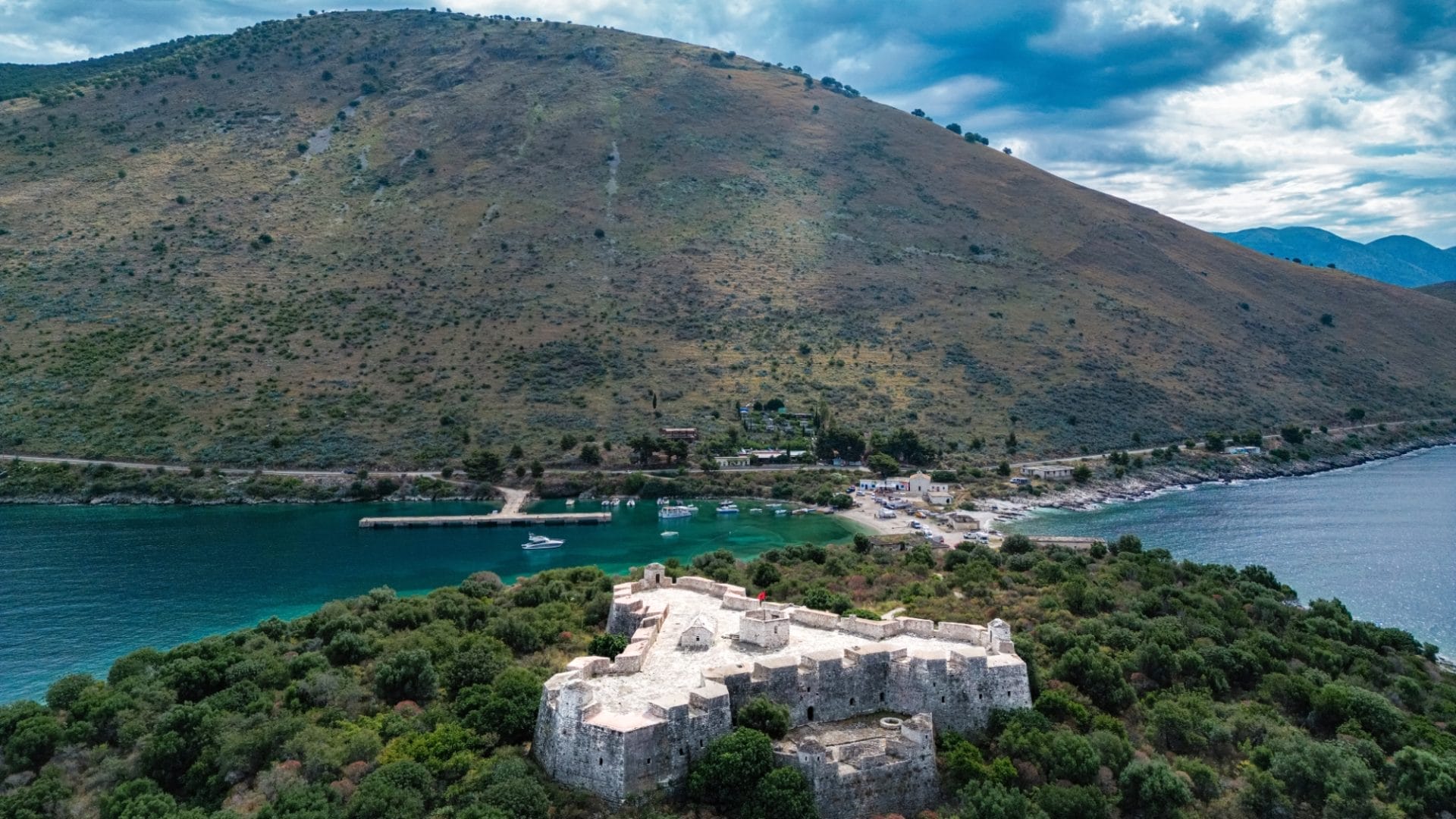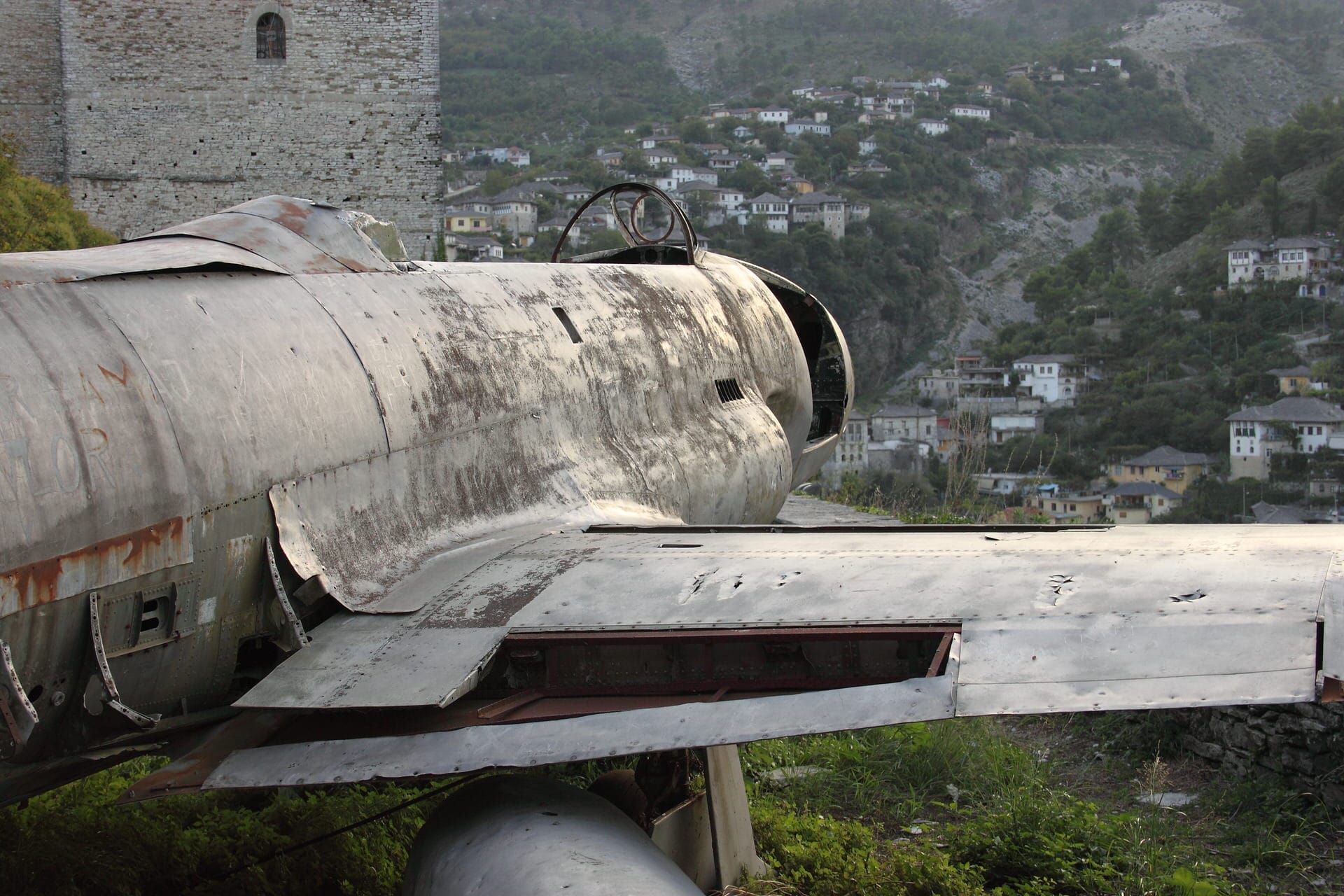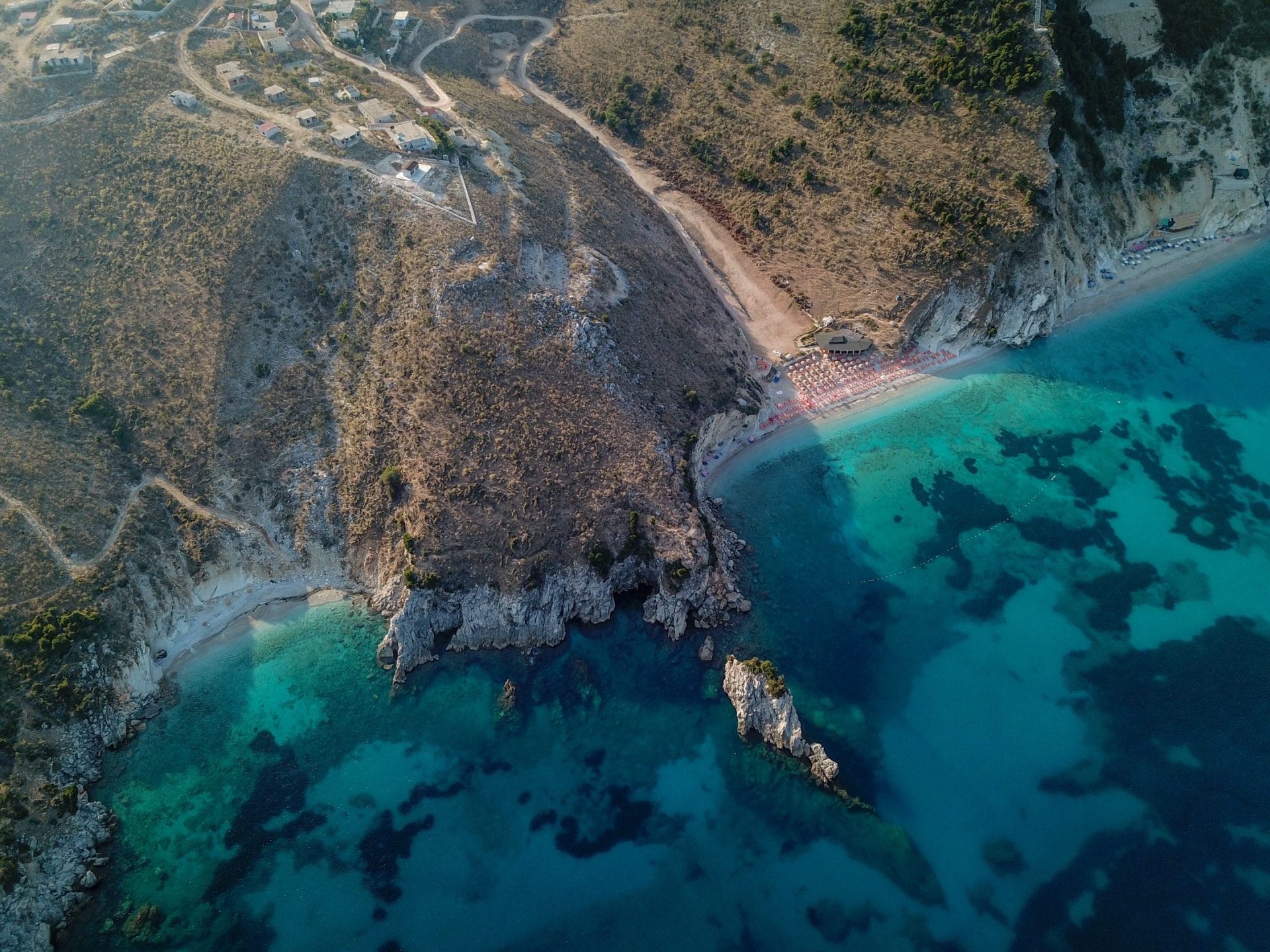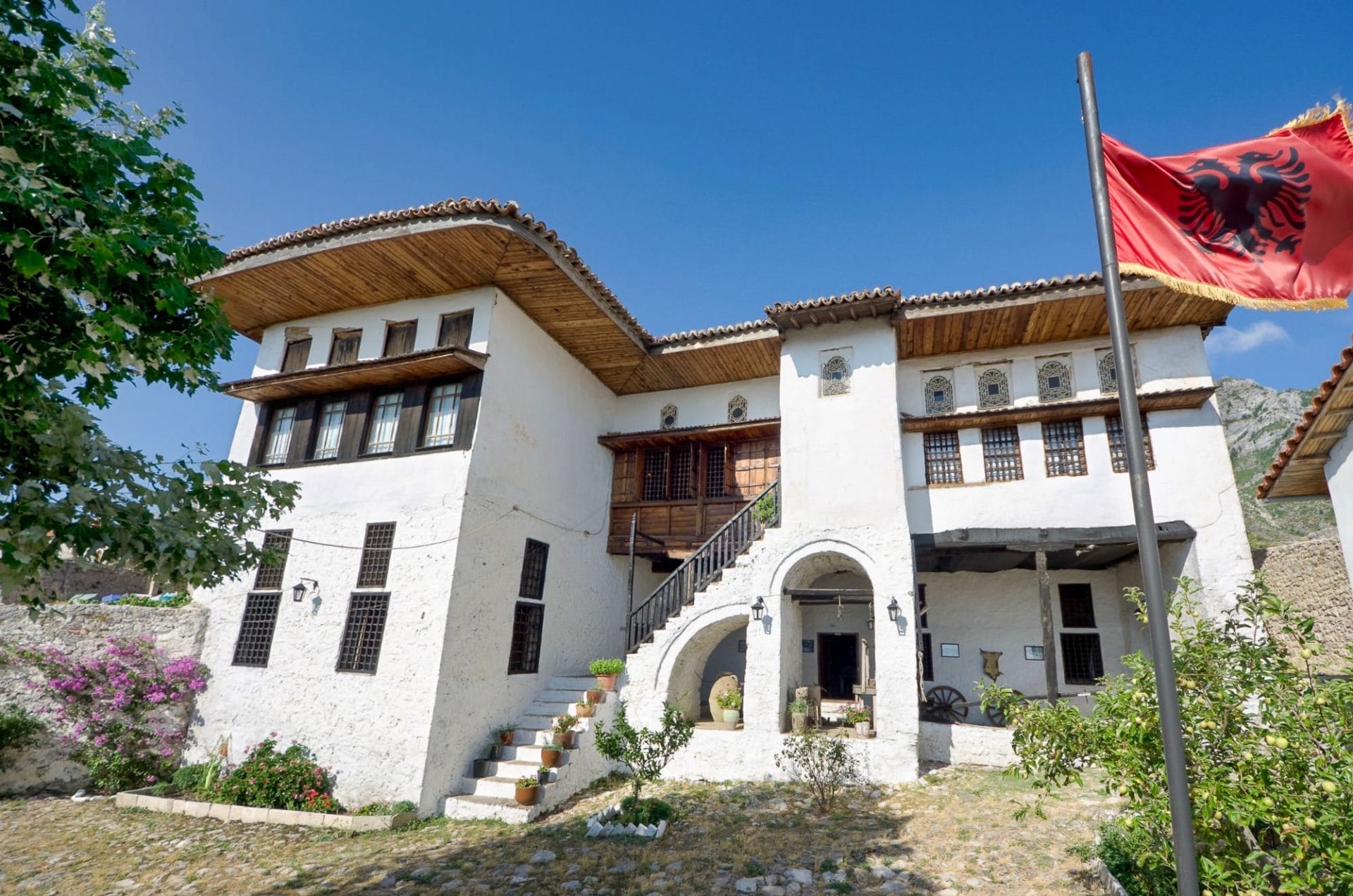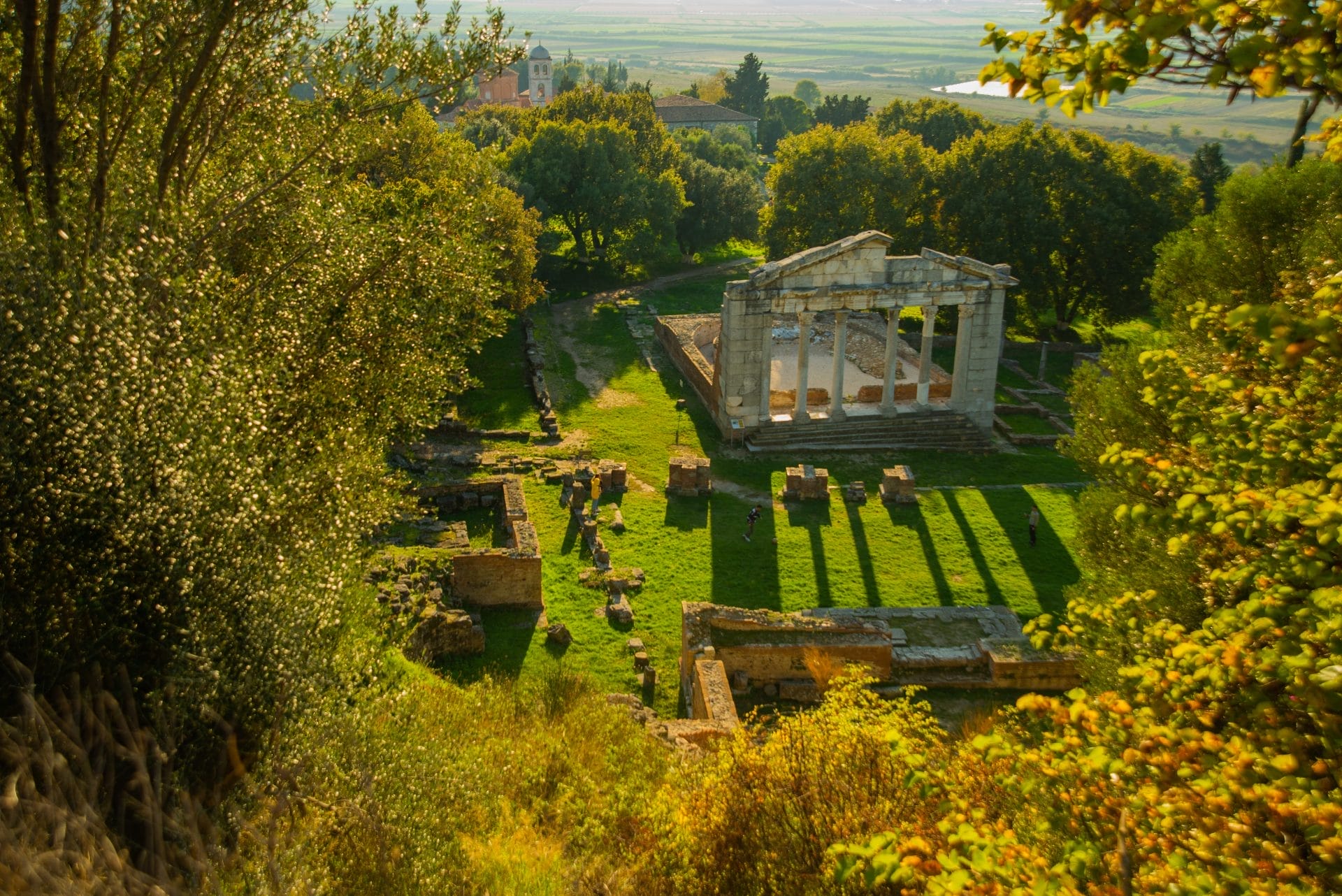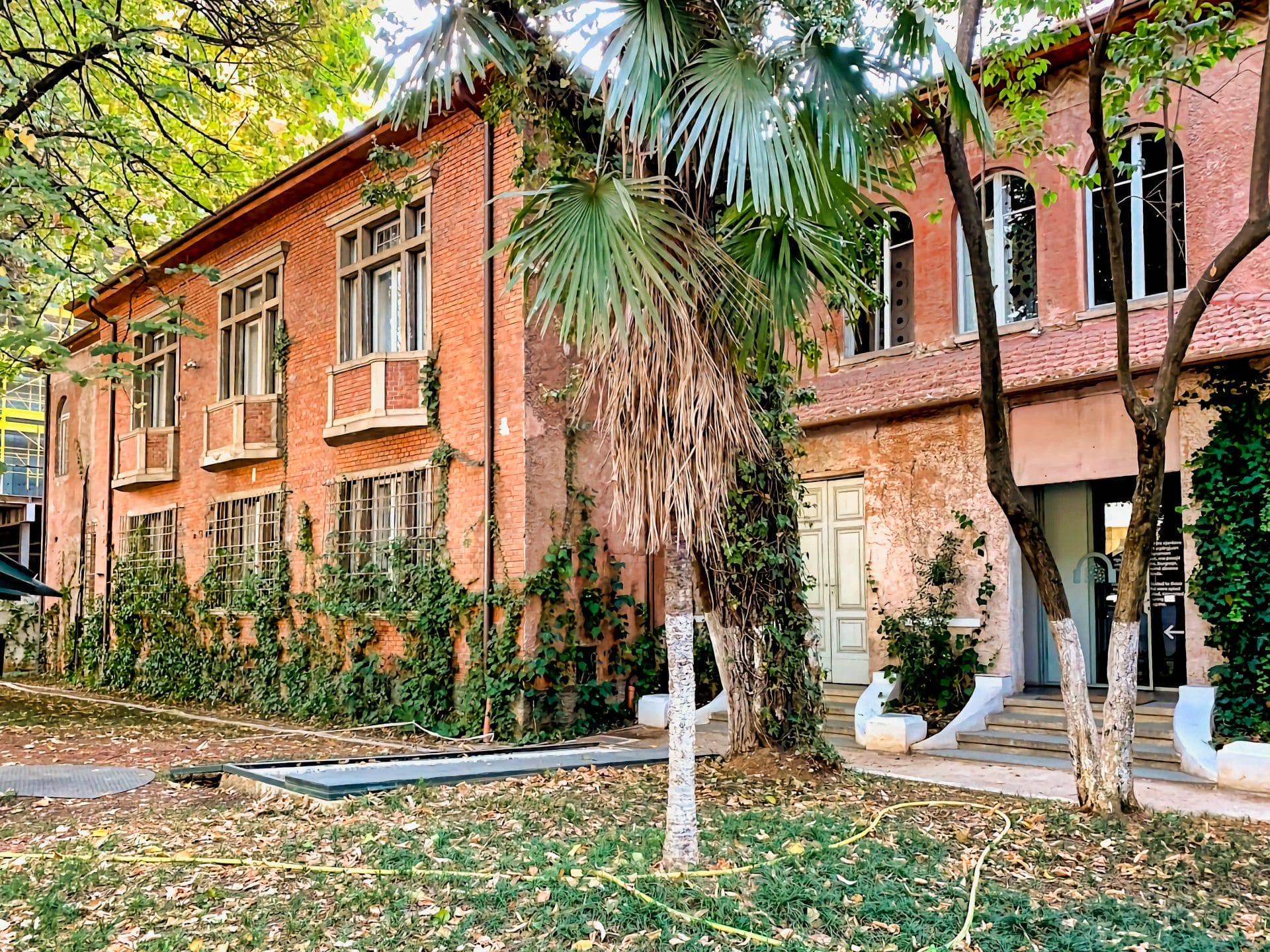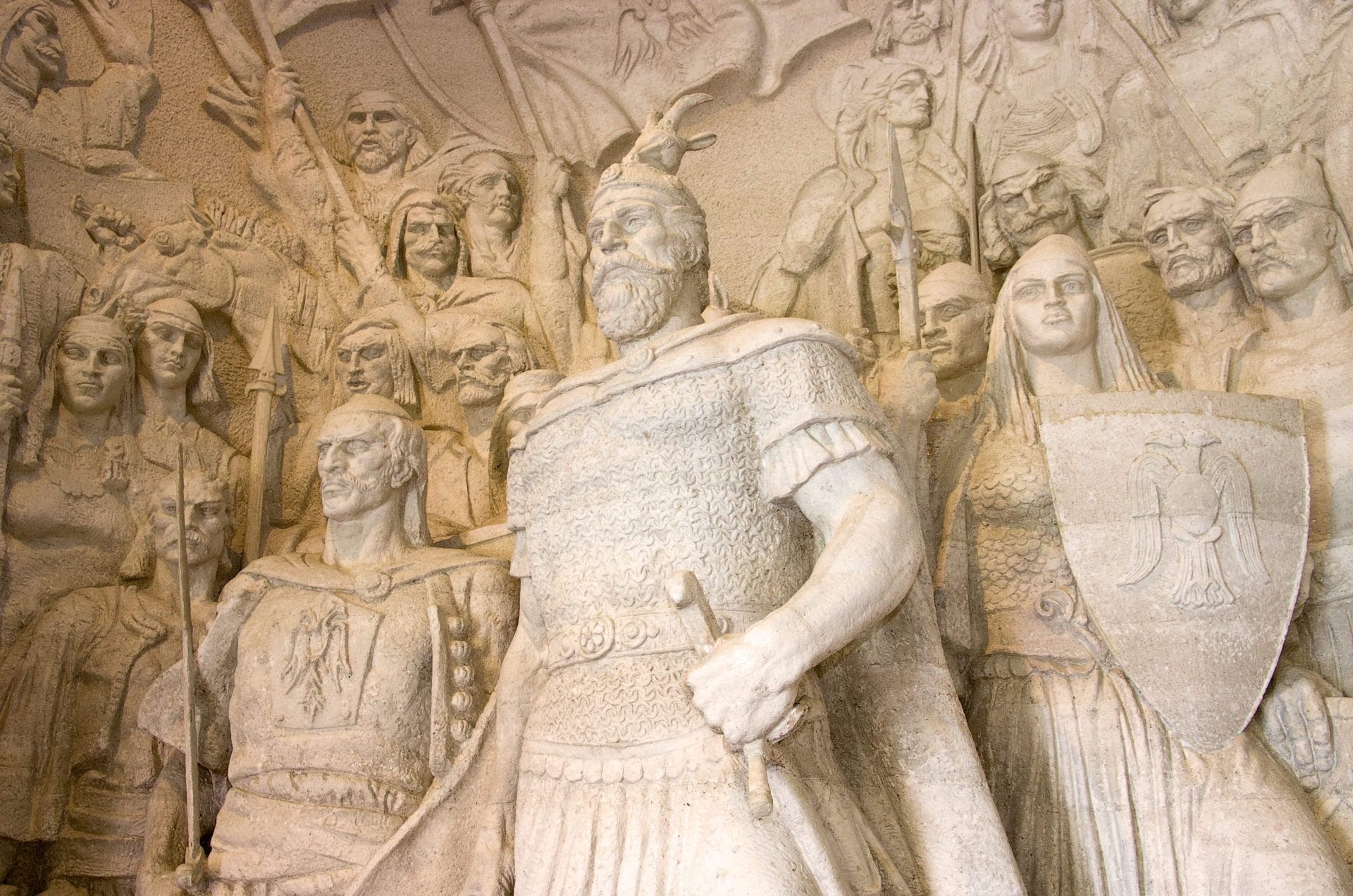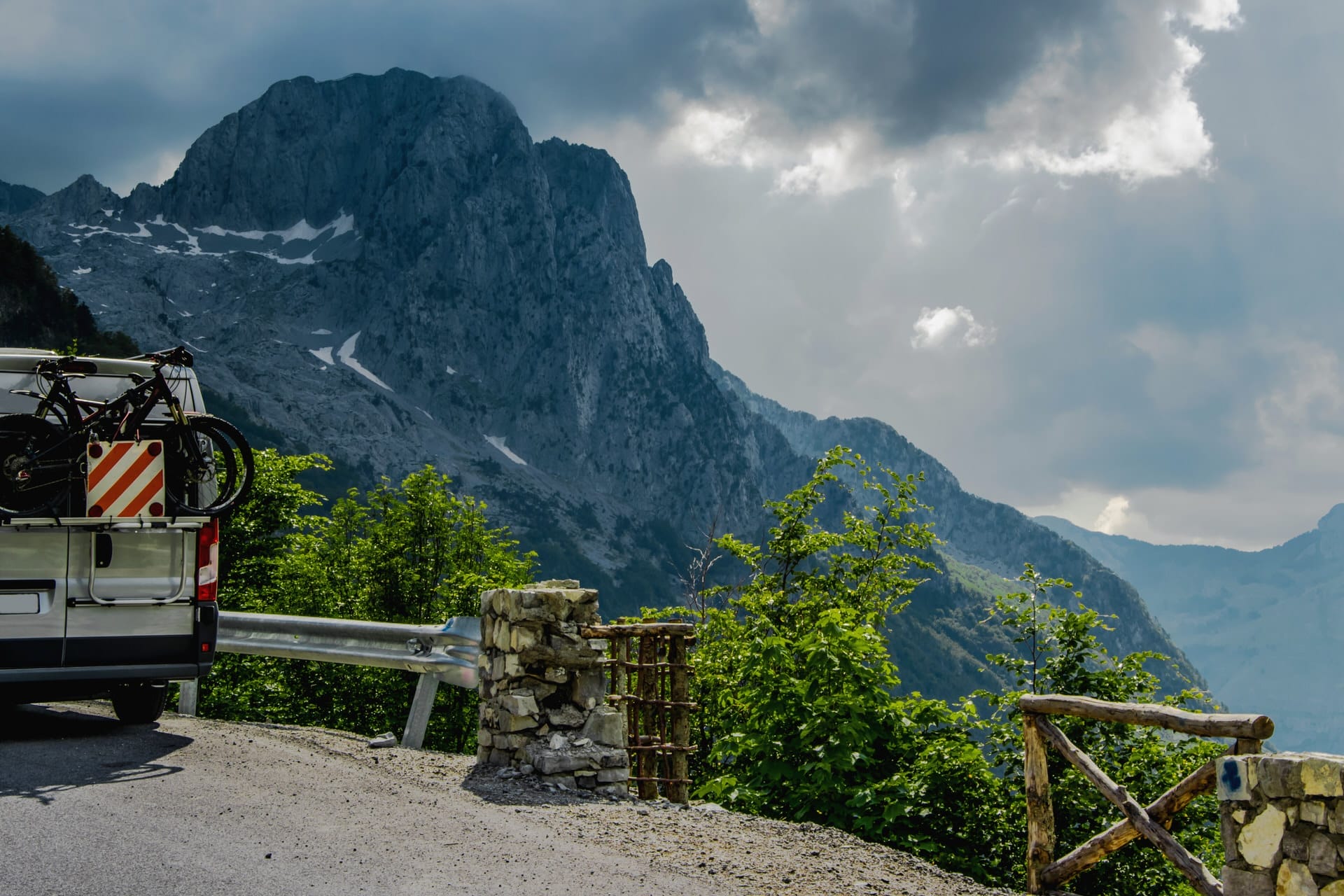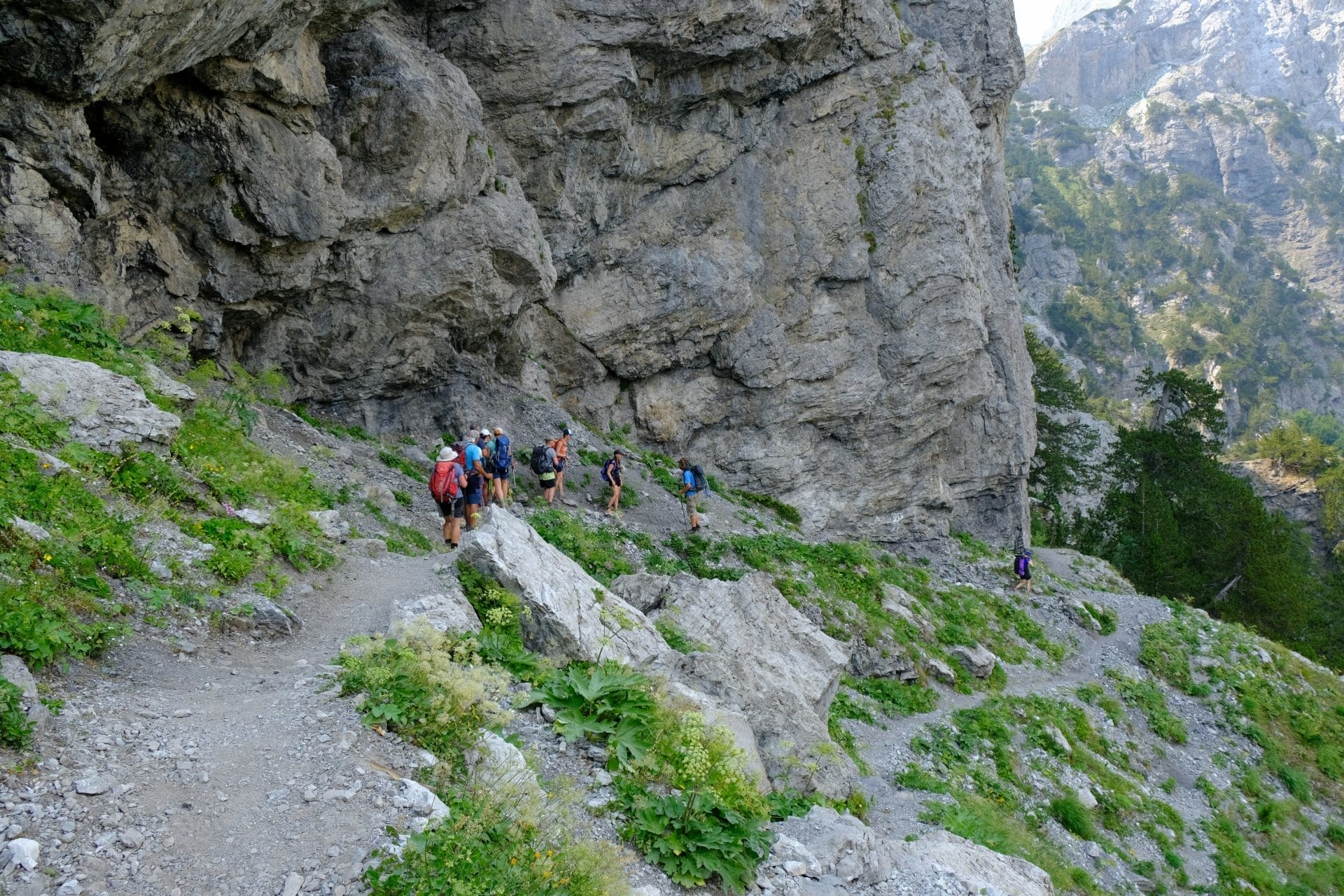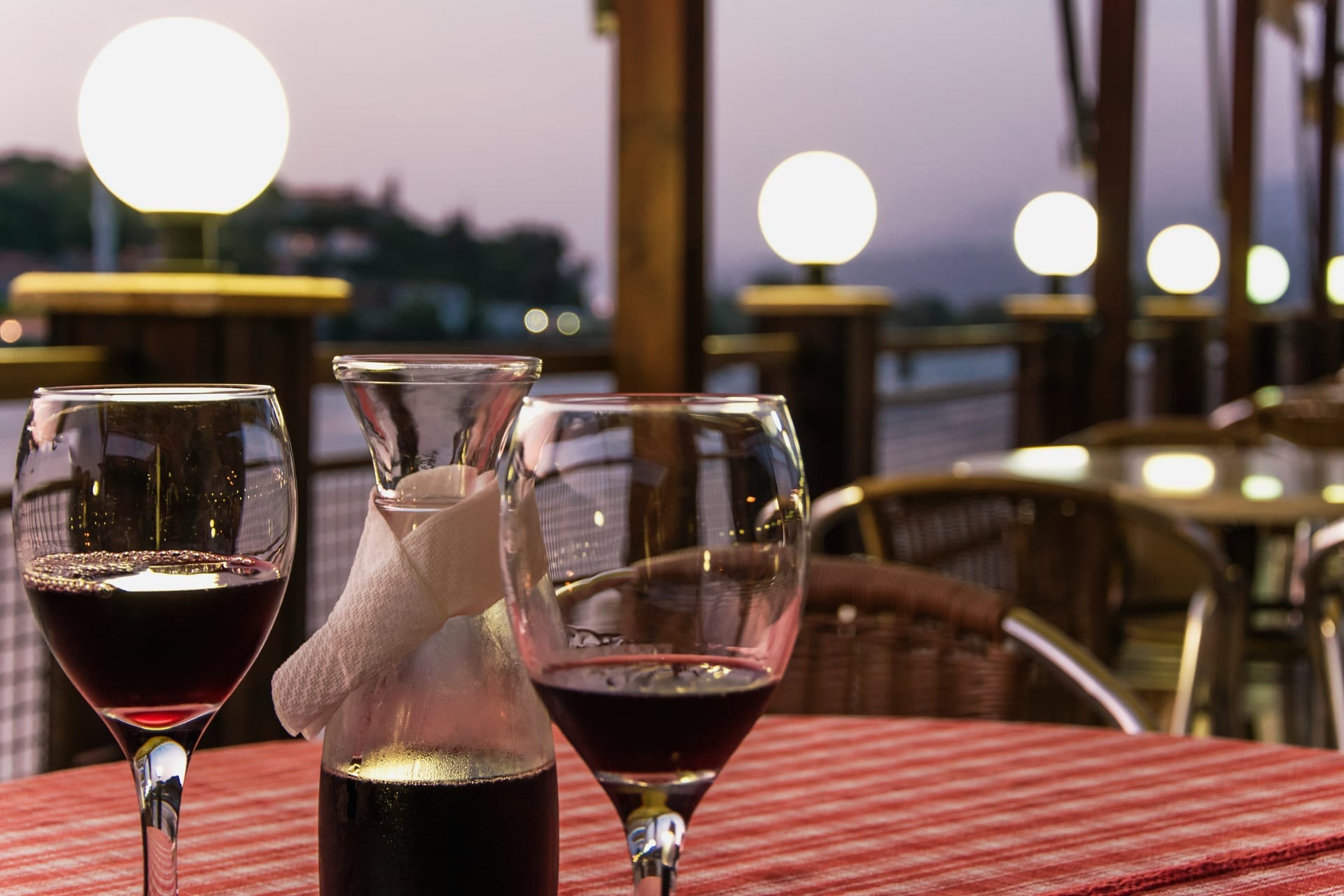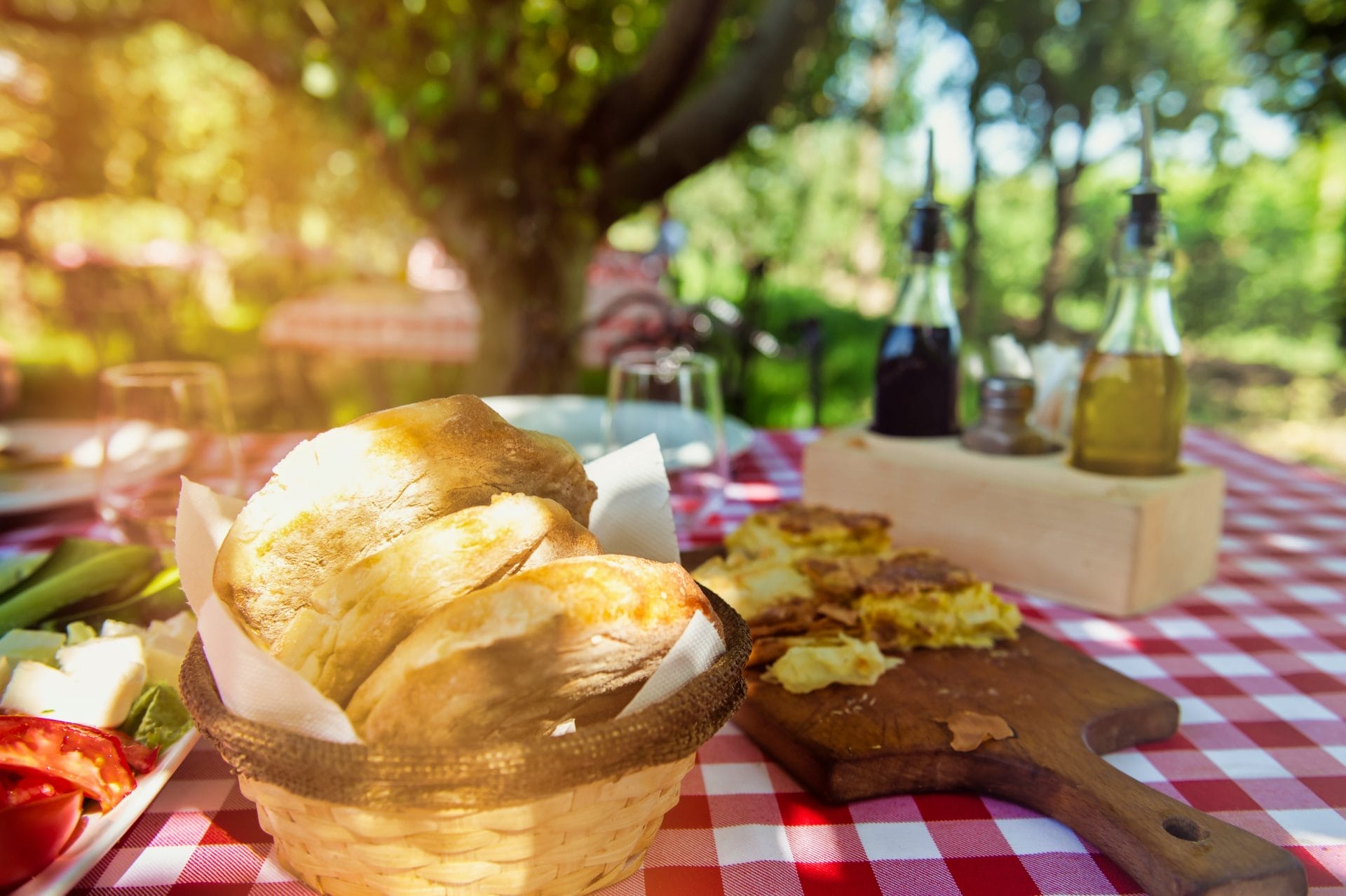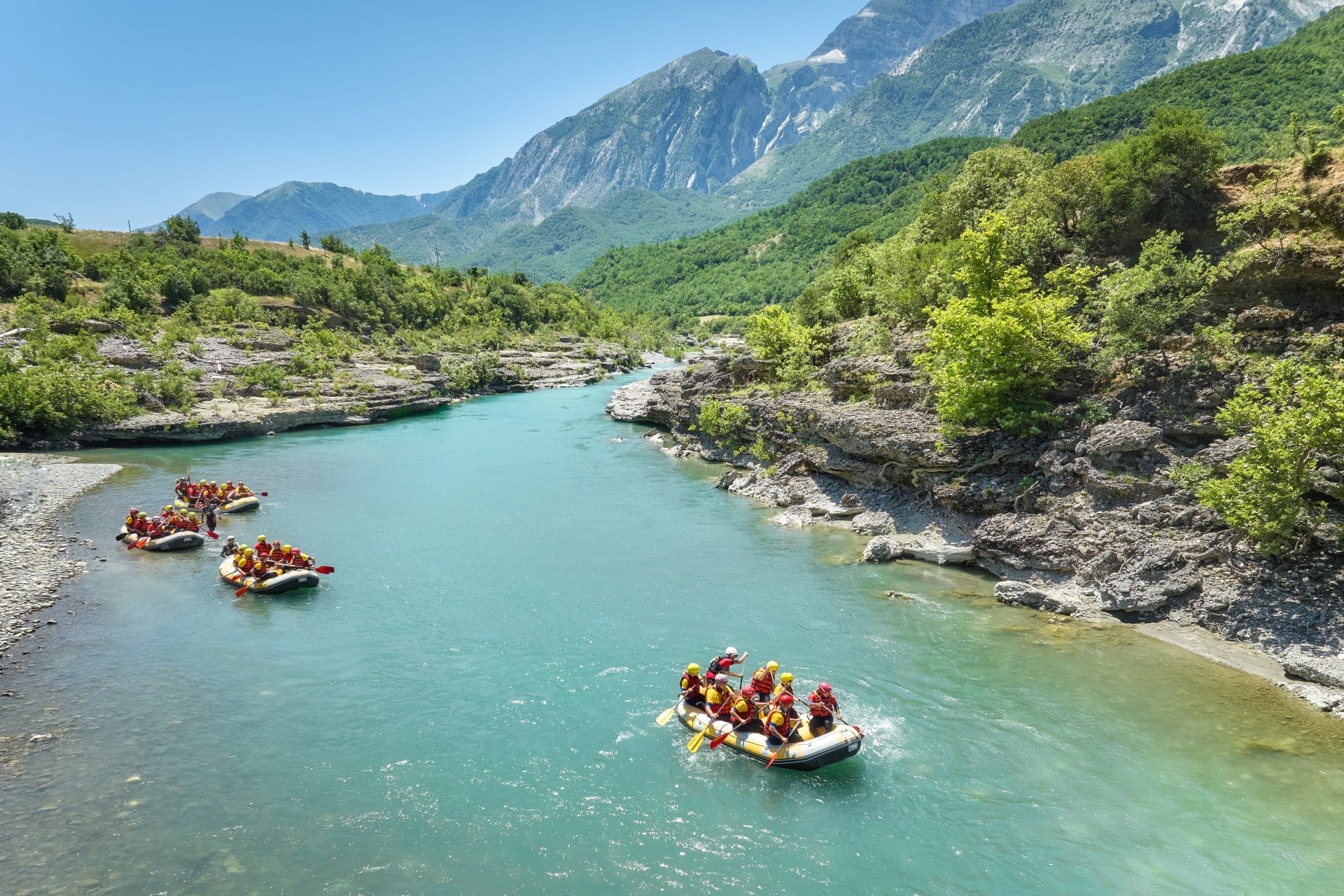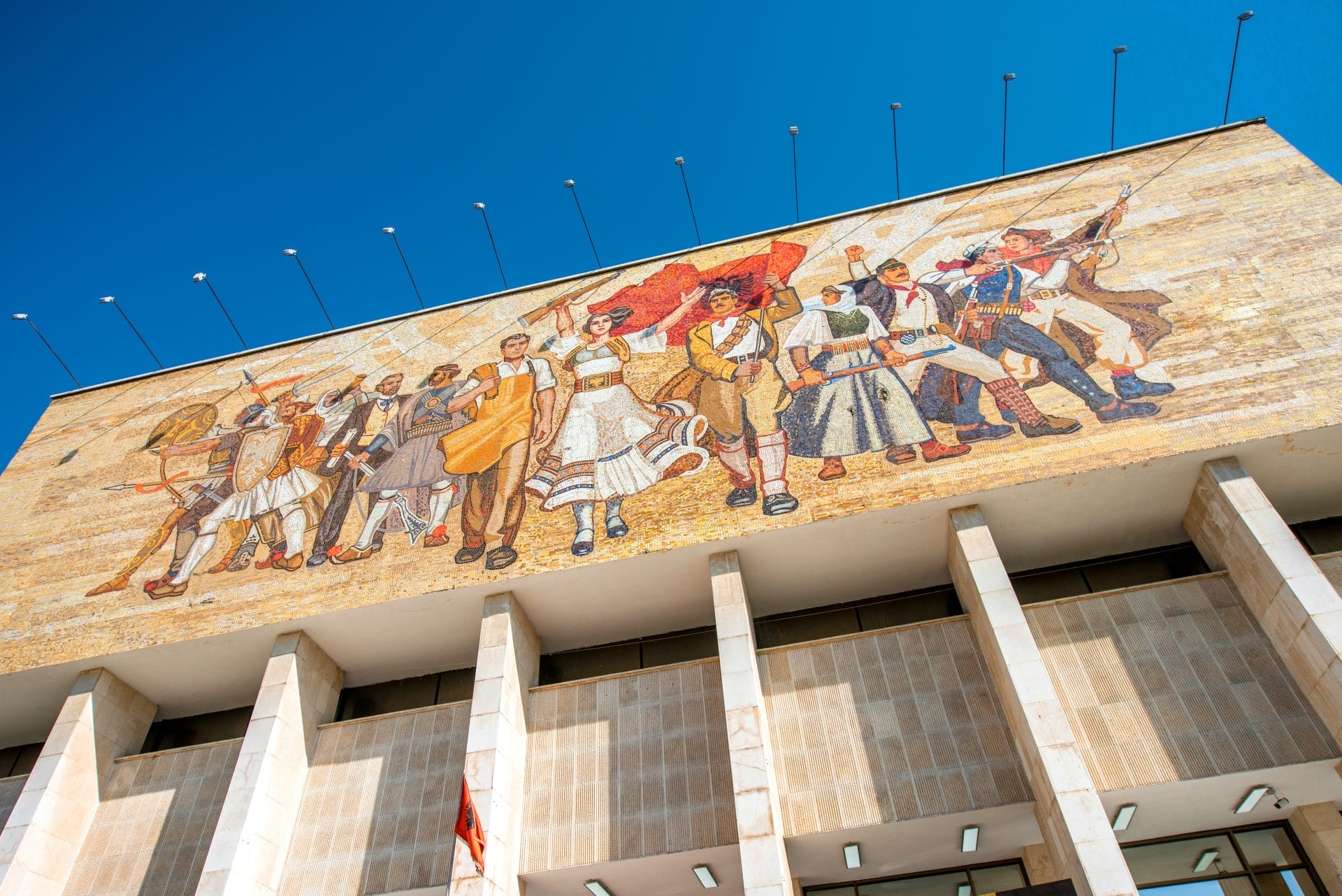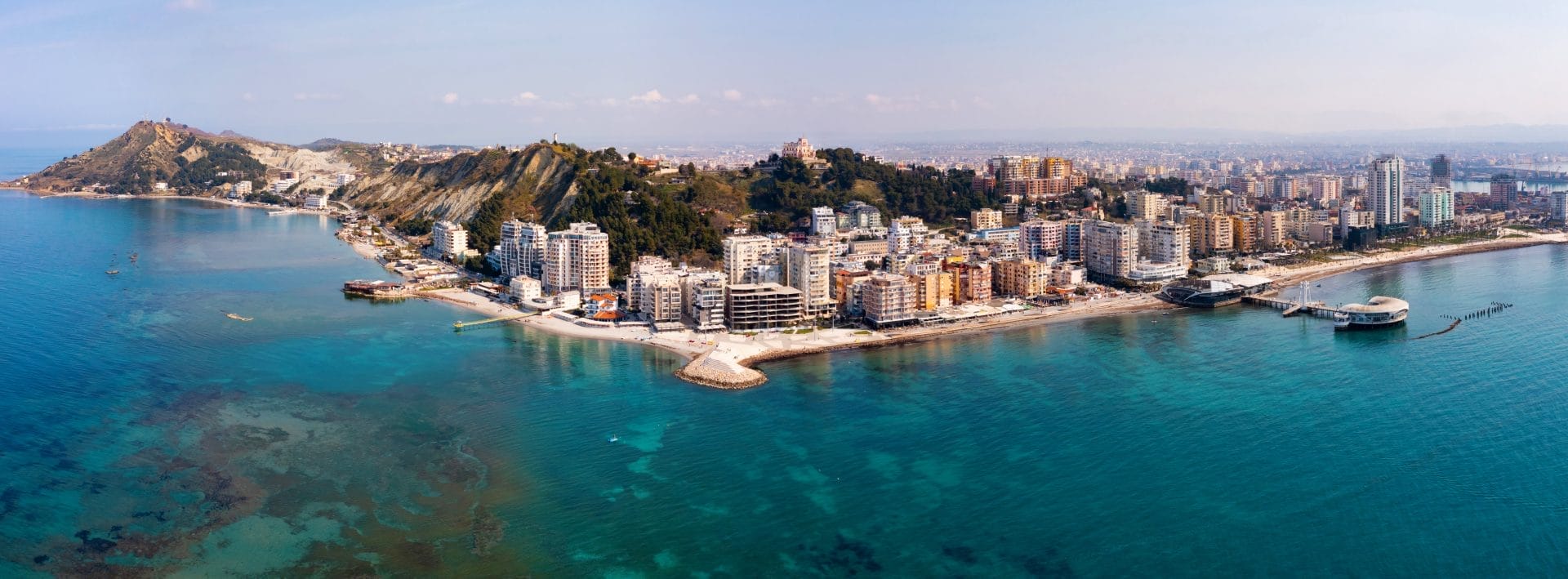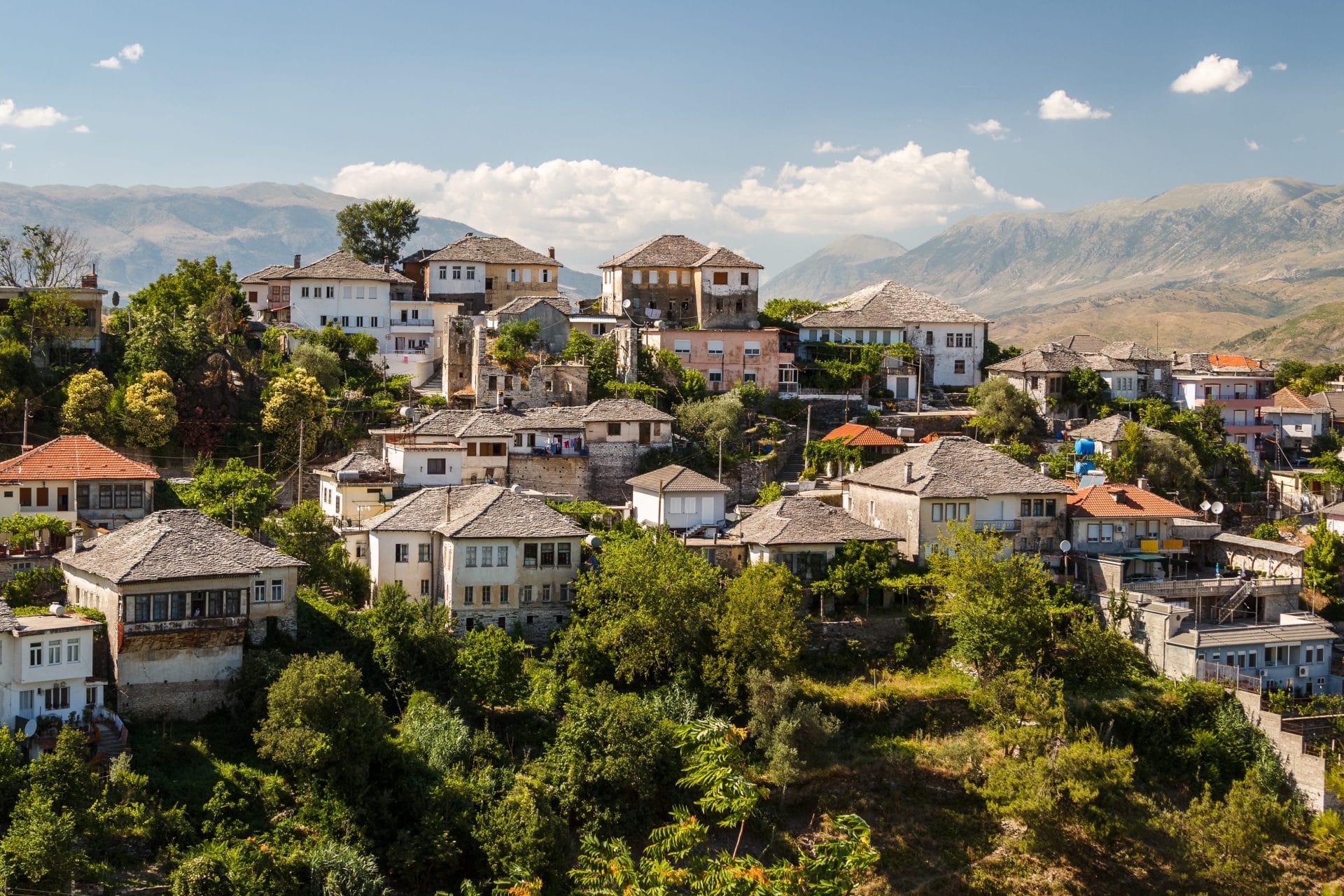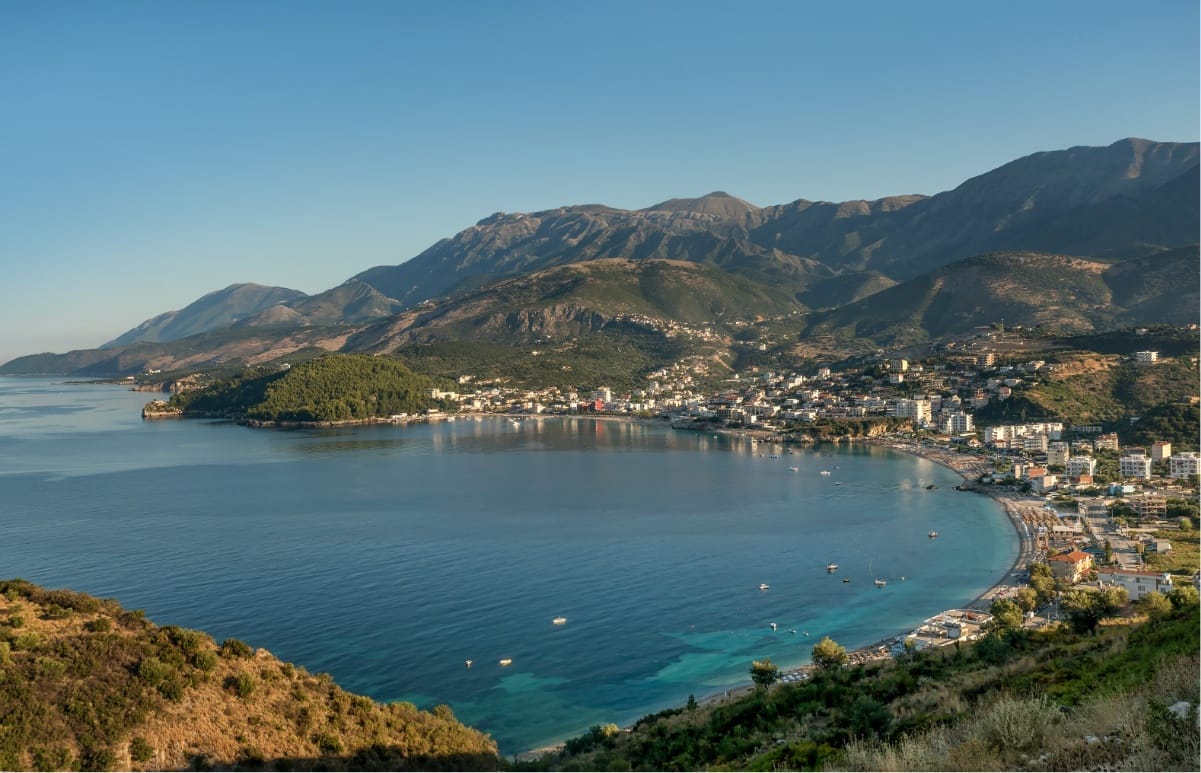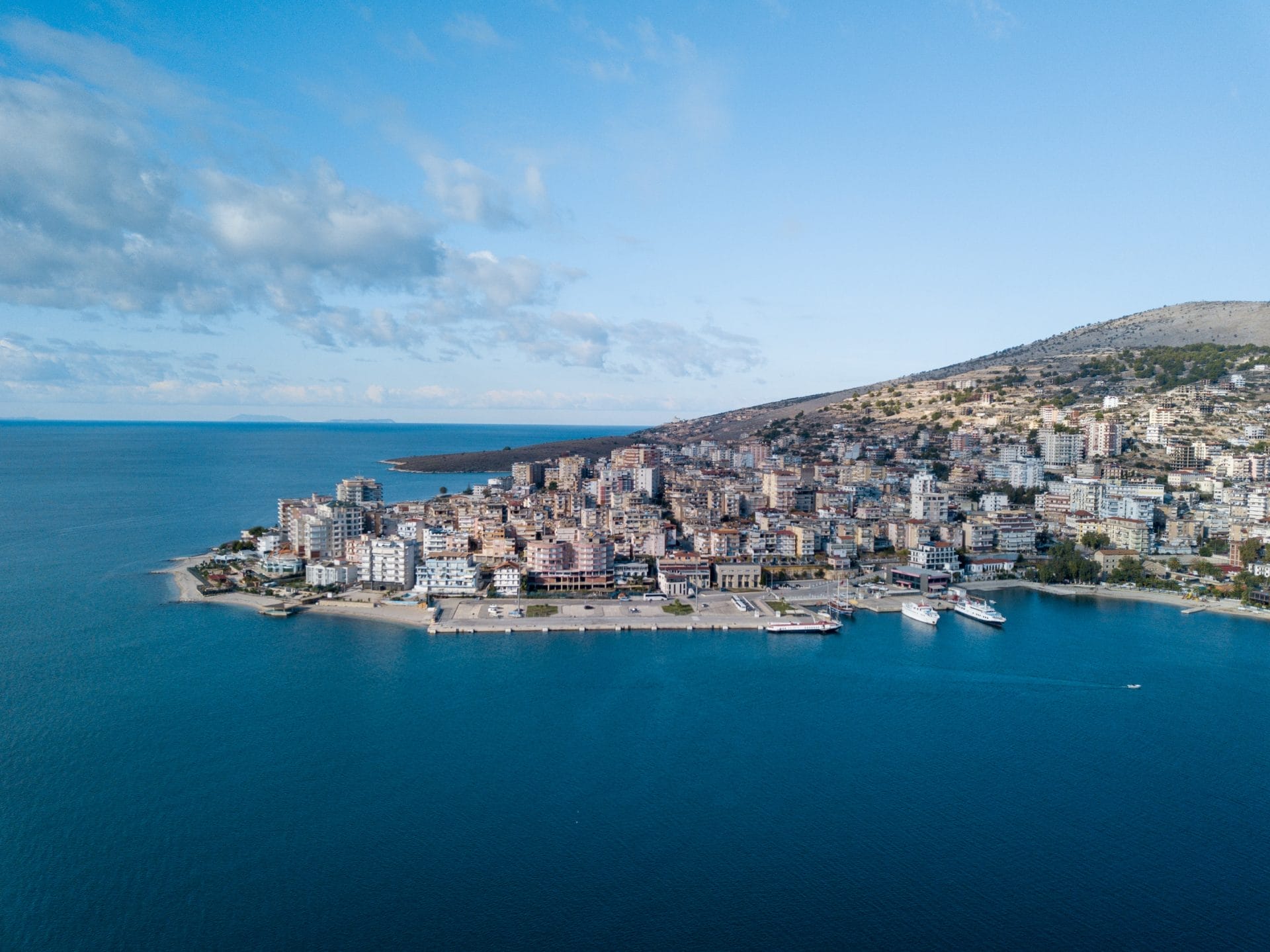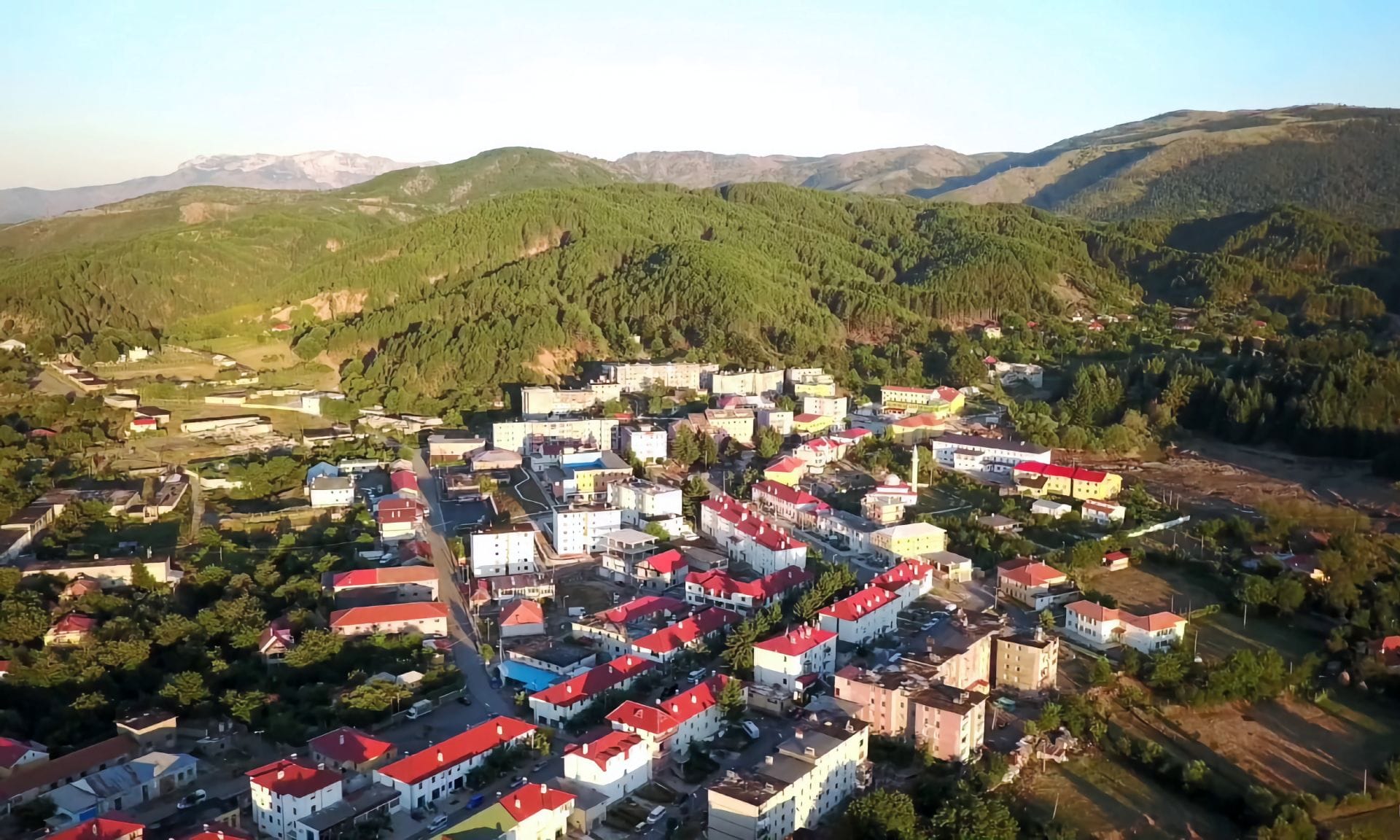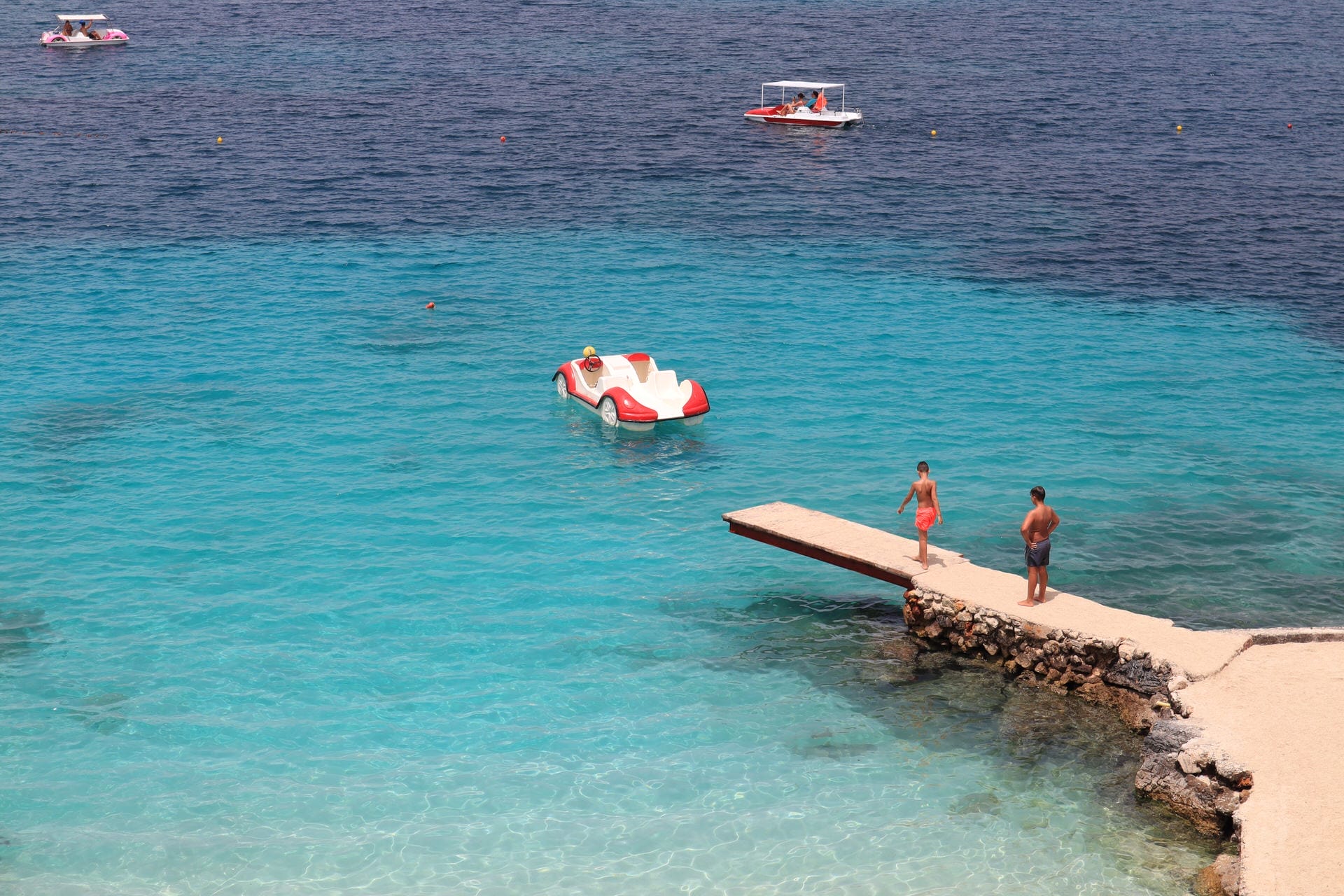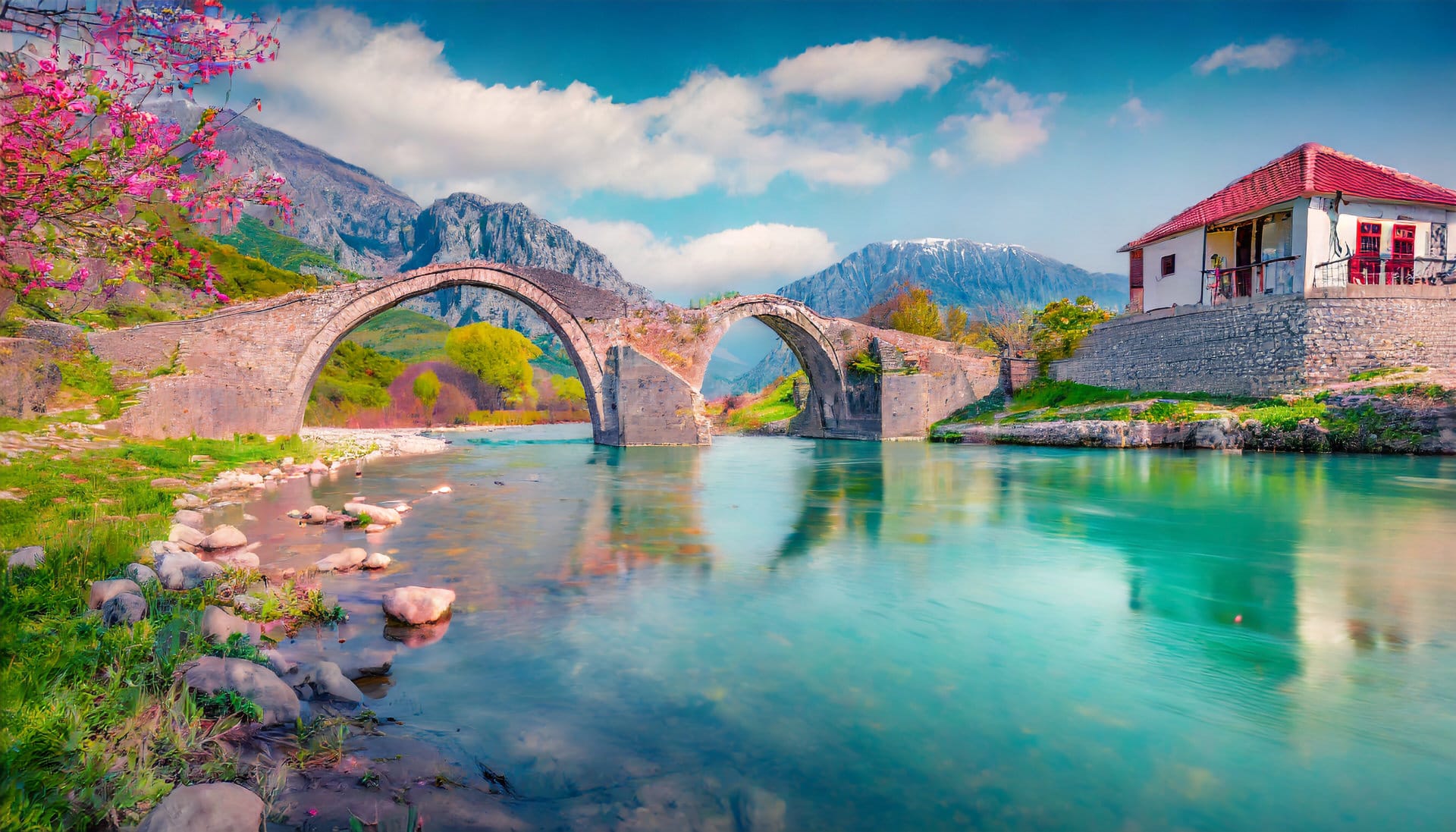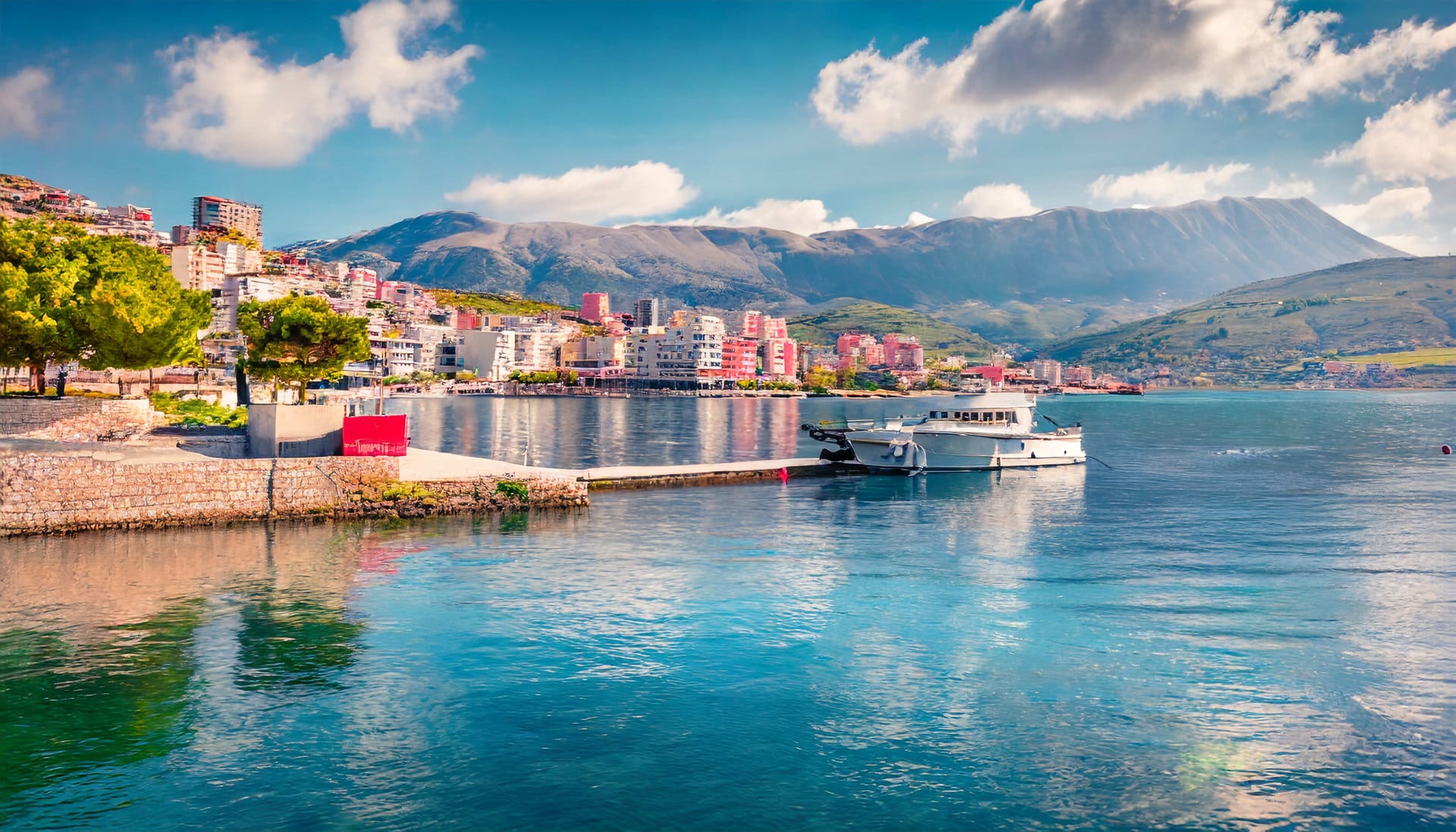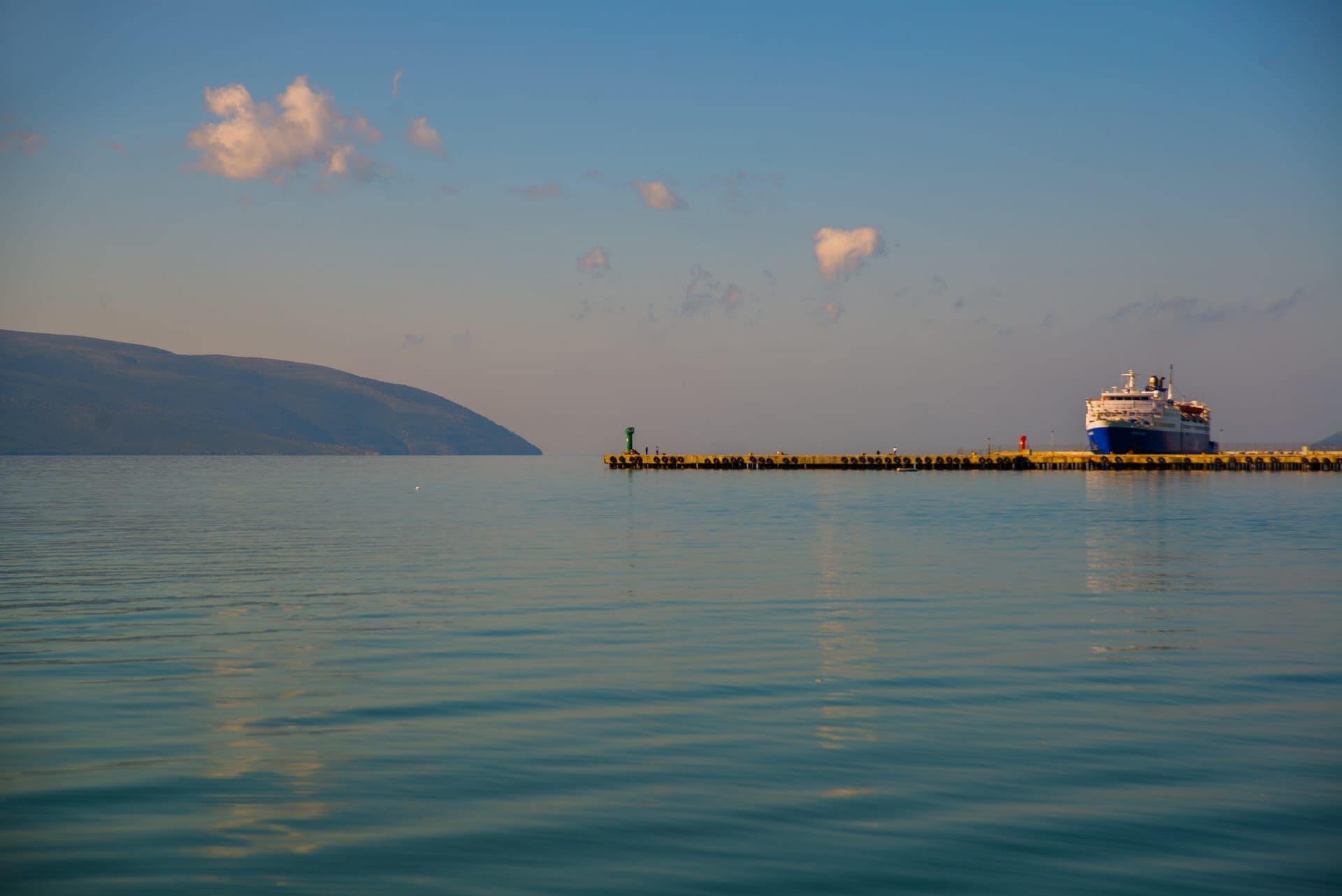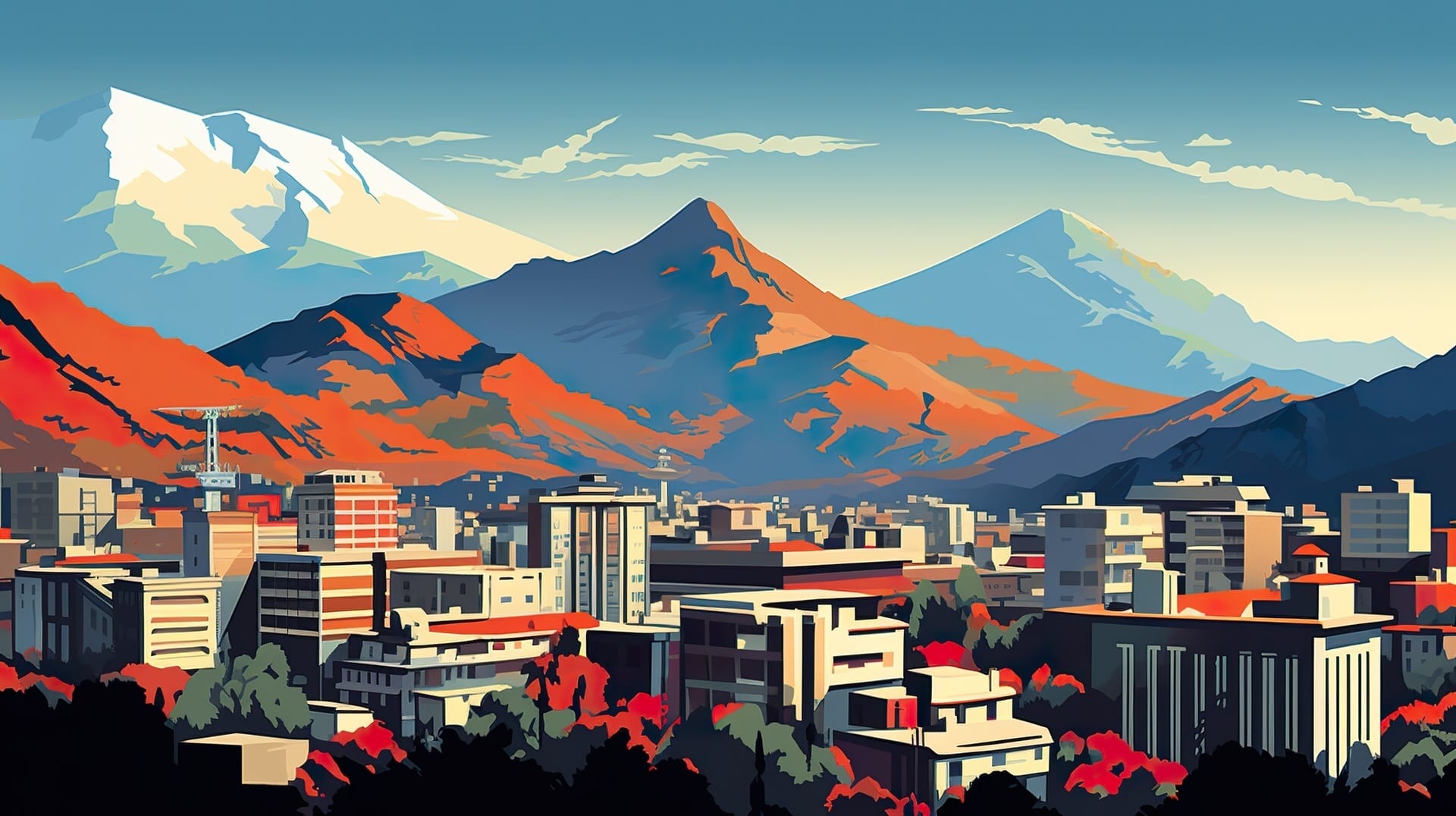
The Illyrian Tombs’ Cultural Importance
The Illyrians, whose territory spanned modern-day Albania, Montenegro, and parts of Croatia and Bosnia, created more than just final resting places with their tombs.
These were sacred sites where the deceased’s family members would honor their ancestors, preserve traditions, and reflect the social hierarchy of their society.
Constructed from local stone, the Illyrian tombs are architectural masterpieces representing the wealth and status of the individual buried within.
From pottery and jewelry to weapons, they are filled with objects believed to assist the departed in their afterlife journey.
Many tombs functioned as familial mausoleums, where numerous generations were buried, solidifying familial bonds and ancestral continuity.
Artistic displays decorating the tombs have offered insights into the Illyrian culture.
Carvings and paintings depict scenes from everyday life, religious practices, and folklore, while the tomb’s location, size, and complexity signify the deceased’s social status and lineage.
Discovering Selca’s Tombs
The story of Selca’s tombs began with an accidental discovery during road construction near the village of Selca in the early 20th century.
This spurred archaeological excavations that have enriched our understanding of the Illyrian civilization.
Initial excavations revealed an architectural amalgamation of Illyrian tradition and external influences.
Further exploration provided evidence of burial rituals, pointing to tombs functioning as ceremonial and ritualistic spaces.
Illyrian Architecture
Selca’s tombs are a testament to the Illyrians’ architectural prowess. Unique design elements in each tomb, such as intricate stone carvings of everyday life, mythical creatures, and sacred symbols, underscore their creativity.
Their entrances, adorned with magnificent facades of arches or columns, symbolize the passage to the afterlife.
Constructed without mortar, these tombs, built with precisely cut and fitted stone blocks, attest to the advanced masonry skills of the Illyrians.
Treasures Within the Tombs
Numerous artifacts from the Selca tombs paint a picture of the Illyrian civilization’s life and craftsmanship.
Jewelry made from gold, silver, and precious gems suggests the wealth and artistic talent of the Illyrian elite.
Personal items like combs, mirrors, and hairpins offer insights into their grooming practices and beauty standards. Bronze weapons and stone tools reveal their martial prowess and daily activities.
Additionally, vibrantly painted ceramics and wall paintings within the tombs provide an artistic lens into the Illyrians’ lives and beliefs.
The Enigma of Selca’s Tombs
Despite extensive research, many questions surrounding Selca’s tombs remain unanswered, such as the absence of inscriptions or written records and the exact purpose of these tombs.
As we continue to explore these ancient tombs with advanced technology, we hope to unlock more secrets of the Illyrians.
Each discovery brings us closer to understanding their history, culture, and connections with neighboring civilizations.
The Selca tombs stand as a testament to a civilization long past, allowing us to appreciate and explore the ancient Illyrian civilization.
Explore Selca with us and immerse yourself in the rich history of the Illyrians.
Remember to check out our page on ferry services for an exciting way to visit this remarkable destination. Discover the beauty of Albania with Albania Visit!

